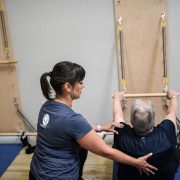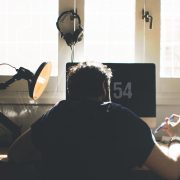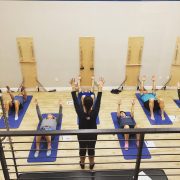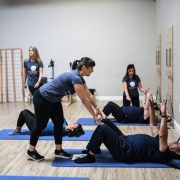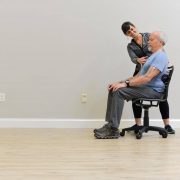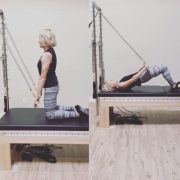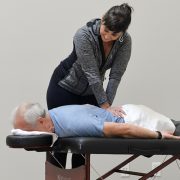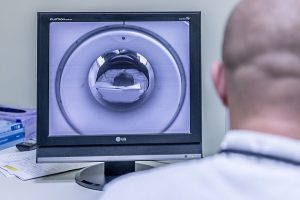Can you get rid of Back Pain with Exercise?
With small group fitness, Pilates studios such as our own, and many gyms reopening again on June 1st, people are itching to get back into their exercise routines. In our last post, we talked about tips and considerations on things you can do to ensure your body is ready to go back, especially after weeks of quarantine.
But many folks I speak with have had back pain for years, long before quarantine. So many people have tried weekly massage, daily stretching and foam rolling, and every exercise under the sun — only to find that their back pain ALWAYS comes back.
Research has confirmed many times over that exercise is the best “treatment” for back pain.
While prescription medication, steroid injections, and even surgery may be more successful at getting your back pain gone quickly — a proper exercise routine beats these things out every time. Outcomes are either the same, or better, when you choose exercise over those procedures. It’s why in our business, we focus on empowering you through movement — instead of pills or procedures! If a long-term solution is what you’re looking for, and you want to end the merry-go-round of your back pain always returning, then proper exercise is the best route hands down.
Sounds simple, right? Why then, do four out of five people continue to suffer from debilitating back pain?
It’s because not all back pain is created equal, and neither is exercise. The tricky part is that for most back pain, any kind of movement is going to make you feel better. Our bodies are designed to move and not sit still. It’s why you wake up feeling stiff and painful, and better after you’ve moved around for about an hour. Movement brings blood flow to our muscles and joints, and exercise spreads pain-reducing endorphins throughout our body. But more often than not, the pain comes back the next day, or in come cases, feels worse two or three days later. And the frustrating part is that you never know exactly what you did — so you just rinse and repeat — hoping the next day it finally “works”.
Exercise DOES work to help your back pain, just like the research says, but it needs to be specific.
Skill and coordination also matter. One exercise can act like a miracle for one person’s back pain, while it aggravates another’s. I see this all the time in my office. The nuances come down to cues, tiny little tweaks, or sometimes you need a different exercise all together for your particular body.
Back pain is not cookie-cutter, and your exercise prescription shouldn’t be either. You don’t want to go on for years just managing your back pain when you could actually get rid of it entirely with the right movement strategy.
As you enter back into the world of fitness, take note of how your body and especially your back is feeling. The correct exercise routine is going to make you feel better, and STAY better. You’ll notice continued progress, and you won’t have to foam roll and stretch every single day to manage your back pain. The wrong exercise routine will make you feel worse, often several days or months later, and the worst part is you won’t be sure where it came from.
If this sounds familiar, or you find this back pain cycle starts happening to you when you return to the gym, feel free to give us a call. You can talk to a specialist for free and find out if your exercise routine is sufficient for your type of back pain.

